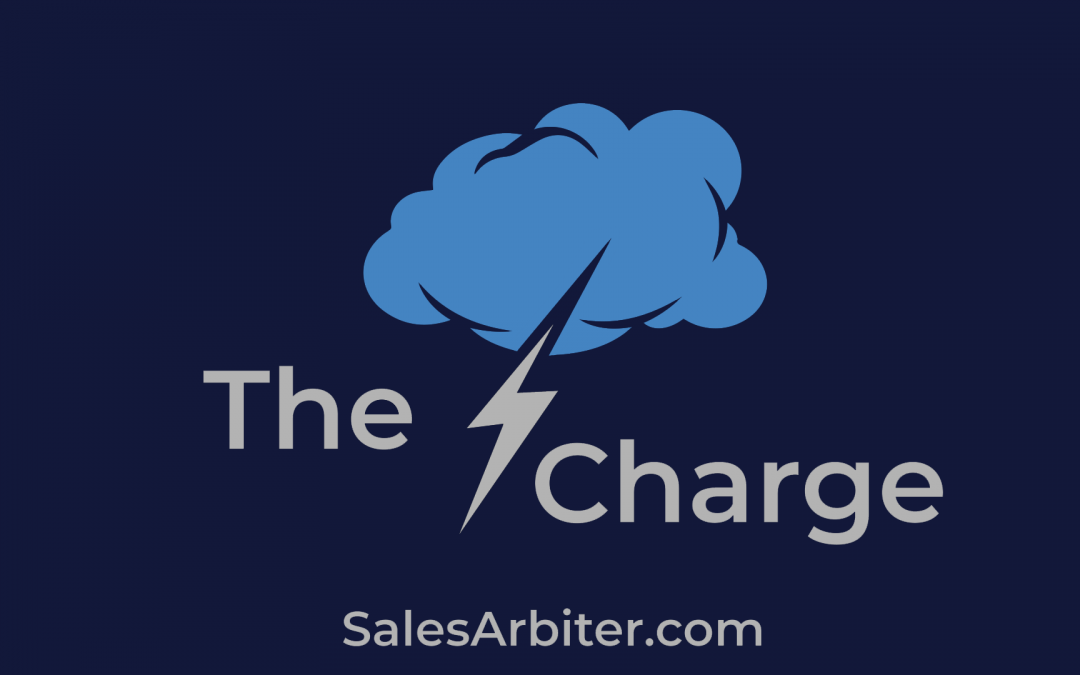Production and reduction both carry the benefit of potential increased profitability and risks of reduced profit. Learn how to decide between production and reduction, and how a sales consulting business like Sales Arbiter can help you make the right choice.
An Overview of Production vs. Reduction
You’ve probably heard the vast majority of small businesses don’t make it past the five-year mark. What you may not realize is increasing costs is the reason most of these businesses fail. Most companies have to increase sales by more than 20% over the course of that first milestone just to account for the cost inflation. And, cranking out more product isn’t the answer to this problem.
Whether you should increase revenue through production or cut costs is a very individual question that depends on your industry and your specific company. Profit margins for any company are determined by dividing your revenue into your net income, and neither increased production and sales nor decreased costs are guaranteed to raise profits.
When you increase production, for example, you might bring in more revenue, but the increased costs associated can result in lower overall profit margins. Cost-cutting, on the other hand, can save you money per unit sold, but it can also end up reducing your sales, resulting in lower profit margins and reduced market share.
Increasing Production and Revenue
To increase revenue, you either have to raise prices or increase production and sales. Raising prices is rarely the ideal option, unless you aren’t covering your costs or demand is incredibly high. If you can, it’s generally better to increase production and associated sales. This can add to your bottom line and increase net profit, but it may not improve your profit margin. If, for example, you have to hire 20 new people to produce and sell more, your expenses go up along with your production, and a good bit of your increased profit will go toward paying the additional overhead.
One way to maintain your profit margins while increasing production is to market the quality of your product. Customers will often respond to quality assurances and even prefer high-quality products over products that cost less. If you choose this route, you need to be able to stand behind your quality claims. You need to have outstanding quality control at your company and extremely clear standards for your team. Depending on your industry, you may consider getting certified by a recognized standards organization.
If you don’t increase production, you’ll have to determine whether the increase in overall net profits is acceptable in light of the reduced profit margin. It really comes down to whether your absolute dollar profit increase can still function as a cushion to ensure your continued success and growth. Will the decreased profit margin put you in a less secure or less healthy financial situation, or can you weather it in light of the increased costs?
Reducing Costs and Maintaining Production
There’s little question that reducing costs will increase profits, often both net and profit margins, so long as your sales remain constant. The problem with cost reduction is that it often means a reduction in overall quality control due to “cutting corners.” If you can cut costs but it requires laying off essential workers, or it requires using lower-quality materials, you may put out a substandard product.
This, in turn, can result in a swift downturn in sales and a loss in profits. Even worse, if sales continue to slump, you can lose market share, which makes it difficult to rebound from the losses even if you manage to restore your product.
Create Demand Through Branding
Another viable option is creating demand through branding and awareness. This can allow you to raise prices while maintaining production and avoiding reduction. In the end, every business is different, and the only way to really know which is best for you is to perform a cost vs. revenue analysis, taking into account your business’ specific strengths, weaknesses, capabilities, and needs.
The team at Sales Arbiter has a thorough history of developing sales teams that knows how to build your brand and increase demand for sales. Contact us; we can guide you in getting a production plan into place and put your business in a position to thrive.








